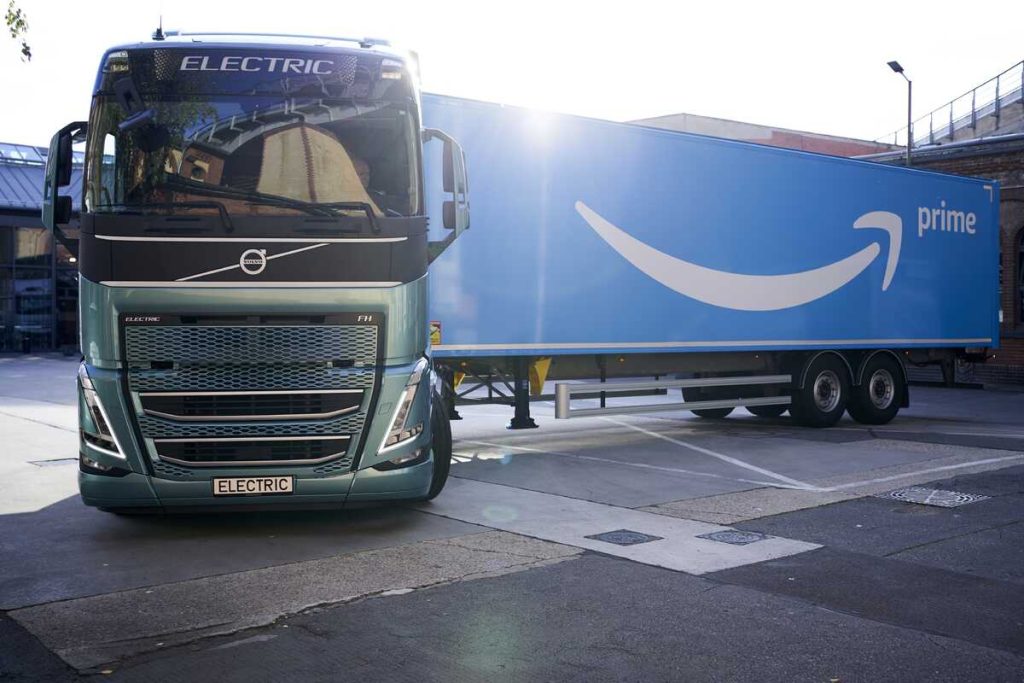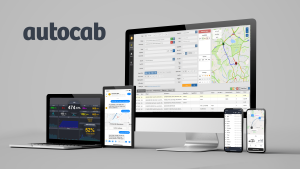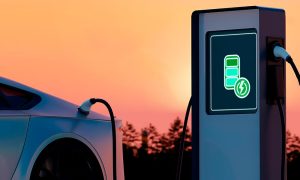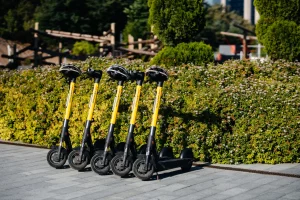As part of its ambitious sustainability strategy, e-commerce giant Amazon has made significant resources available in the field of mobility, with the aim of reducing its carbon footprint in the midst of delivering goods to its customers.
The company’s roadmap focuses on all fronts and after announcing the launch of 71 new renewable projects around the world, it will invest 1 billion euros to incorporate electric trucks and vans.
Most of the vehicles that Amazon will have will be of the Swedish brand Volvo, which has a large presence worldwide with a wide range of electrified cars and will provide 20 units.
However, there are also other manufacturers that would be part of Amazon’s plans. Publications indicate that Ford will be another of the brands chosen by the American company, so the oval firm could soon receive an important order of electric vans of different sizes to cover medium and last mile deliveries.
Within the investment planned to be spread over three years, a deployment of recharging points is also stipulated so that these electric vehicles will have chargers to provide continuous service.
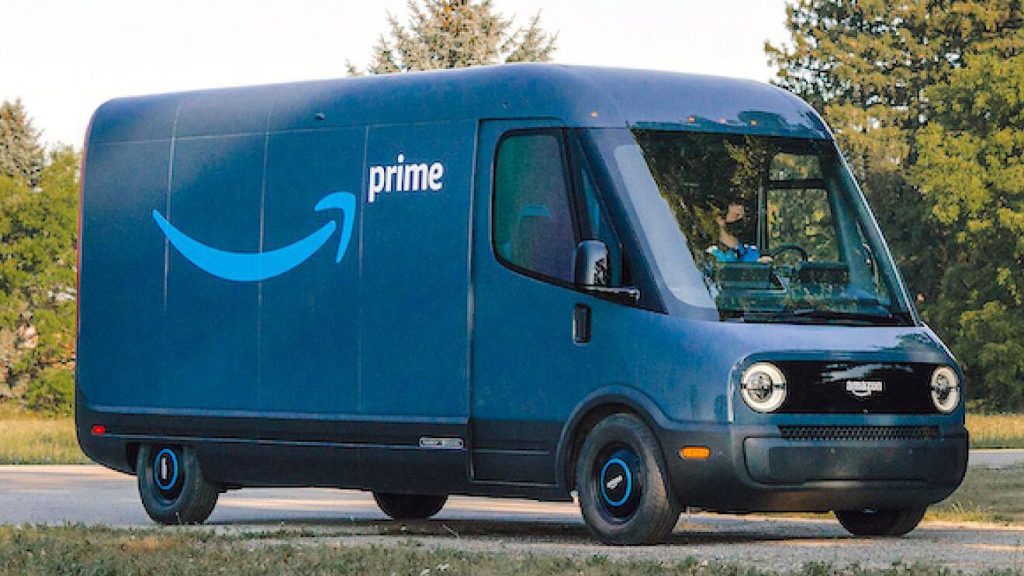
Goal in Numbers
Currently, Amazon has more than 3,000 electric vehicles that it uses for its daily delivery tasks and expects to end 2025 having tripled this figure and that of these nearly 10,000 vehicles, at least 1,500 will be destined for heavy transport.
In 2021 alone, Amazon handled the delivery of more than 100 million packages. In the coming years, it expects to increase this figure and, at the same time, reduce emissions from these trips.
This announcement is part of Amazon’s new environmental project that updates and makes more ambitious its plans to reduce the carbon footprint of its business.
Part of this plan includes the expansion of a micromobility network that allows it to make nearby deliveries with bicycles or electric scooters.
In this way, the e-commerce giant is making progress towards its goal of achieving net zero carbon emissions by 2040, 10 years ahead of the date set by the Paris Agreement.




